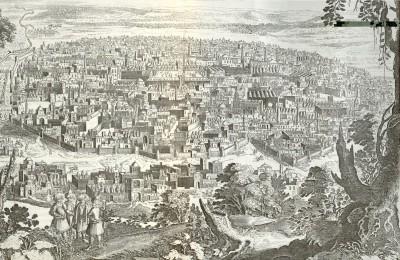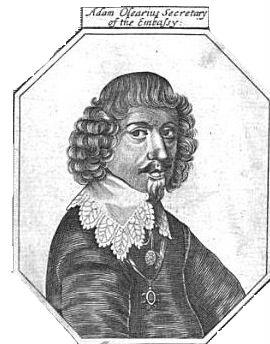All the European visitors to Persia were fascinated by polo. Pinçon (travelling with the Sherleys in 1599) wrote about how: “The King of Persia and his nobles take exercise by playing pall-mall on horseback, which is a game of great difficulty: their horses are so well trained at this that they run after the balls like cats.”

Manwaring (also in the Sherley party) gave more details: “when [the King] had taken his horse, the drums and trumpets sounded; there were twelve horsemen in all with the King; so they divided themselves six on the one side, and six on the other, having in their hands long rods of wood, about the bigness of a man’s finger, and on the end of the rods a piece of wood nailed on like unto a hammer. After they were divided and turned face to face, there came one into the middle, and did throw a wooden ball between the companies, and having goals made at either end of the plain, they began their sport, striking the ball with their rods from one to another, in the fashion of our football play here in England; and ever when the King had gotten the ball before him, the drums and trumpets would play one alarum.”

There were other riding-games, too. Olearius, visiting in 1637, wrote of how: “In the midst of the Maydan there stands a high pole, much after the manner of those that are set up in several cities of Europe, to shoot at the parrot, but, instead of a bird, they set on top of it a little melon, an arpus, or an apple, or haply a trencher with money upon it; and they always shoot at it on horseback and that riding in full speed”.
I’d never heard about shooting at parrots before! The Persian idea of gold cups, or melons, or apples seems much more civilised!
Olearius also writes of horse-racing . . . on wheels: “And in regard the Persians hath the best horses in the world, and that the Persians are very curious about them, they many times lay wagers on their swiftness, and ride them between the two pillars which are at both ends of the Maydan. When the king is only a spectator of the sport, he sits in a little wooden lodge, called scanescin, which is at one of the Maydan, set on four wheels, for the more convenient removal of it from one place to the other.”